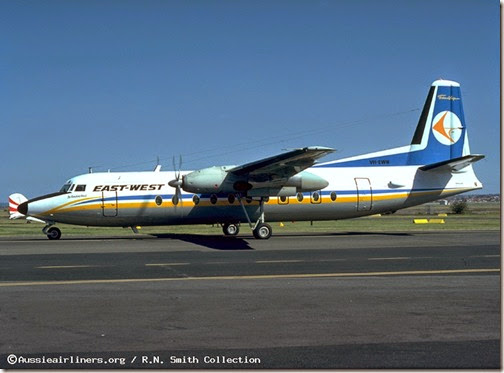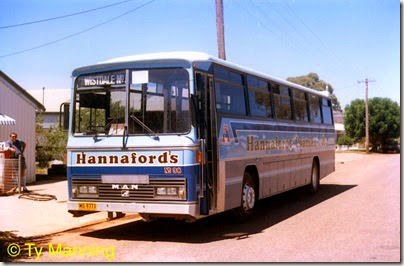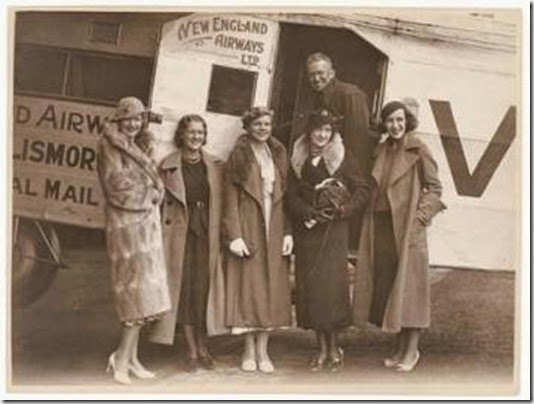My father couldn’t swim. Born in New Zealand in the first decade of the twentieth twenty century, he grew up on the cool Canterbury Plains. There was no need, little incentive, less opportunity.
By the time David and I were born, things were very different. We joined the compulsory swimming classes at the Armidale Demonstration School, marched off to the local pool for our lessons. We gaily went swimming at the deep end, while Prof on his rare excursions to the pool paddled around the shallow end.
Like Dad, the great bulk of the first European settlers could not swim. By 1788, sea bathing had already become fashionable among the English upper classes. However, the early settlers did not swim for sport. Swimming described a physical activity, but most bathed. They went into the sea and especially the still waters for that purpose. The sea was, I suppose, the equivalent of the Roman baths.
Australia was very different. It was hot, very hot for a European population not yet acclimatised. The sea was attractive. However, the Australian coast with its surf was rough and dangerous for those who could not swim.
Worried about deaths from drowning at the Newcastle convict settlement, Governor Macquarie directed that people should avoid the surf and bath only in the sheltered waters. Quite quickly, the early settlers adopted the Aboriginal word bogie for sea bathing. The words bogey hole came to describe a place where it was safe to bath.
The Victorian age was a rigid and censorious period so far as morality was concerned. In an age practised in but worried about sin, rules were introduced to govern clothing, the mixing of the sexes and the hours during which it was permissible to sea bath.
This happened in Australia too. However, the heat, the need to cool, the attractions of the surf, were in constant conflict with the dictates of middle class prudishness. By the early 1900s, Ballina resident Herbert Peake was welcoming the arrival of popular surf bathing as “the first flush of a rosy dawn heralding the delights of a glorious day” and the end of “prudishness.”
Given that drownings were common at the beach, in river holes or dams, you would think that Australia would be a global leader in learn to swim programs. In fact, so far as the colonies were concerned, learn to swim began in England.
On 3 January 1891, the Royal Life Saving Society (RLSS) was founded in England to combat the high drowning toll. The first Australian branch was formed three years later in Sydney.
As part of the trend, surf lifesaving organisations emerged. Ballina traces its history to 1905, Newcastle to 1908. A new era had dawned.
The Australian Commonwealth was founded on 1 January 1901. The images used to illustrate the event were all land based, for Australia was its country. Now a new beach based image was to emerge, the bronzed and disciplined surf lifesaver.
Note to readers: This post appeared as a column in the Armidale Express Extra on 23 April 2014. I am repeating the columns here with a lag because the columns are not on line outside subscription. You can see all the Belshaw World and History Revisited columns by clicking here for 2009, here for 2010, here for 2011, here for 2012, here for 2013, here for 2014.













